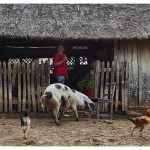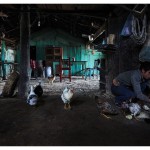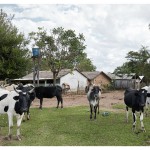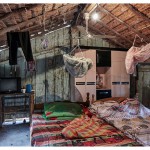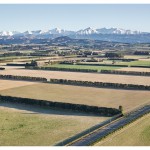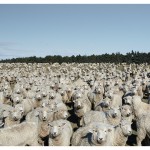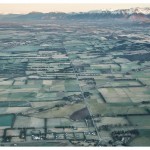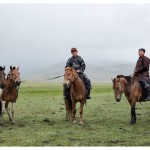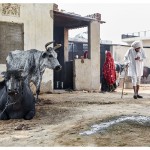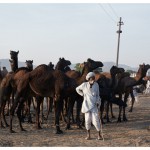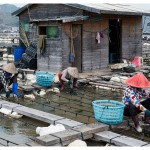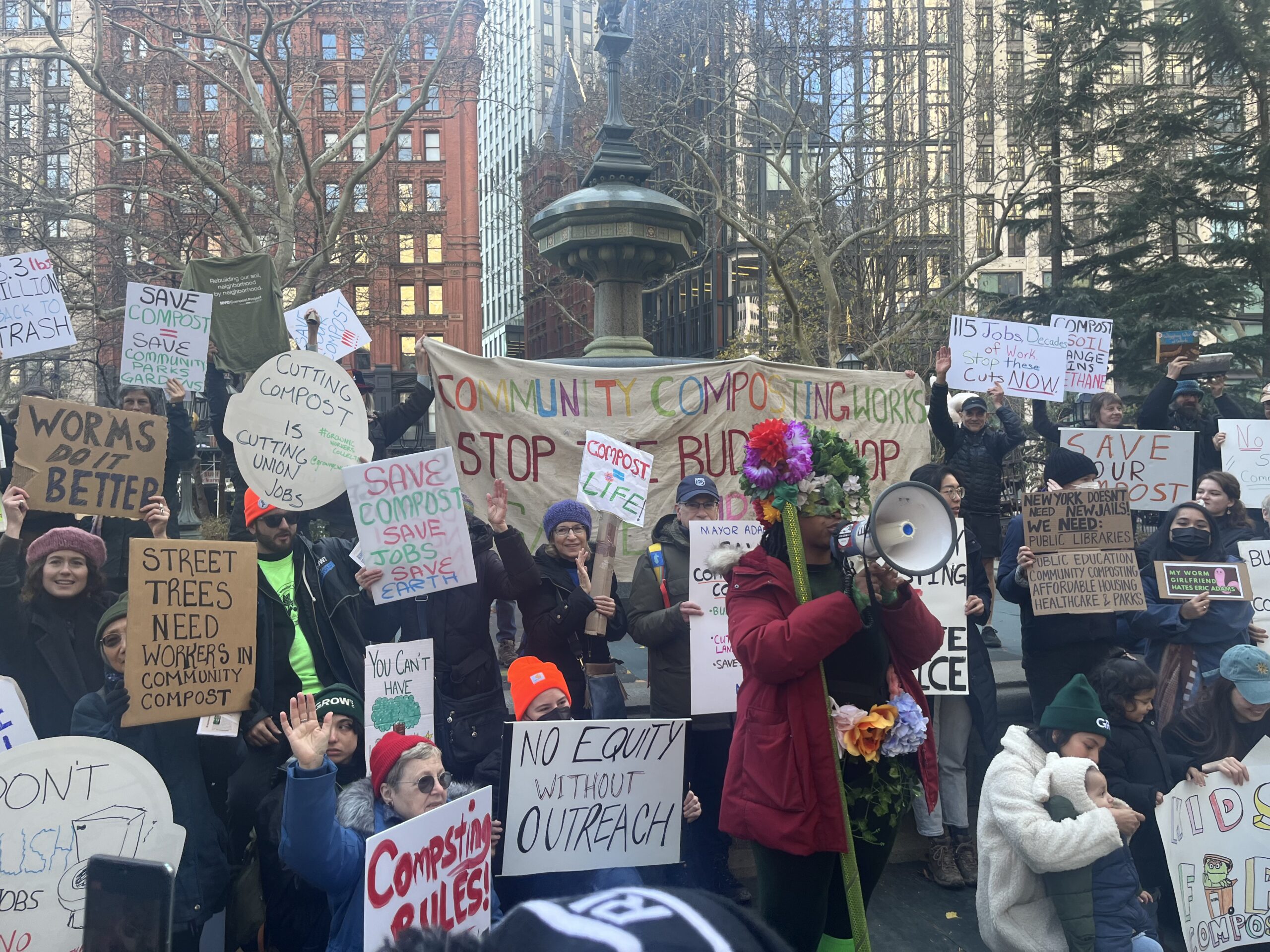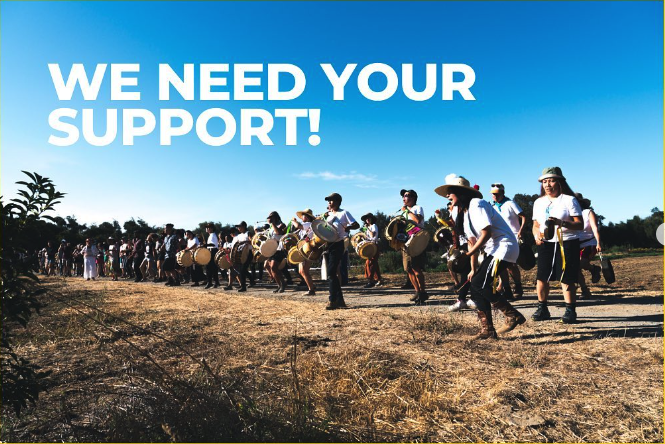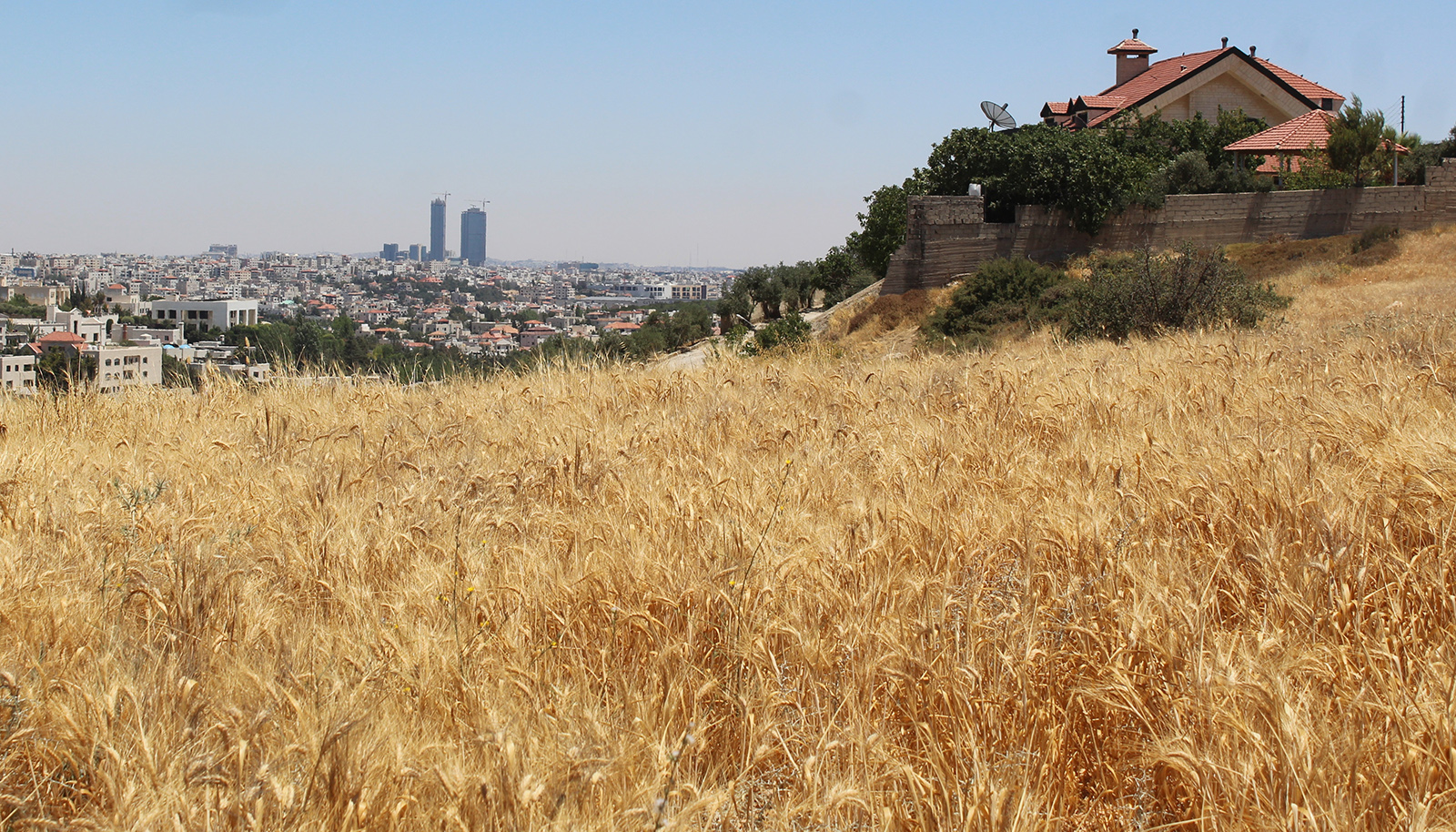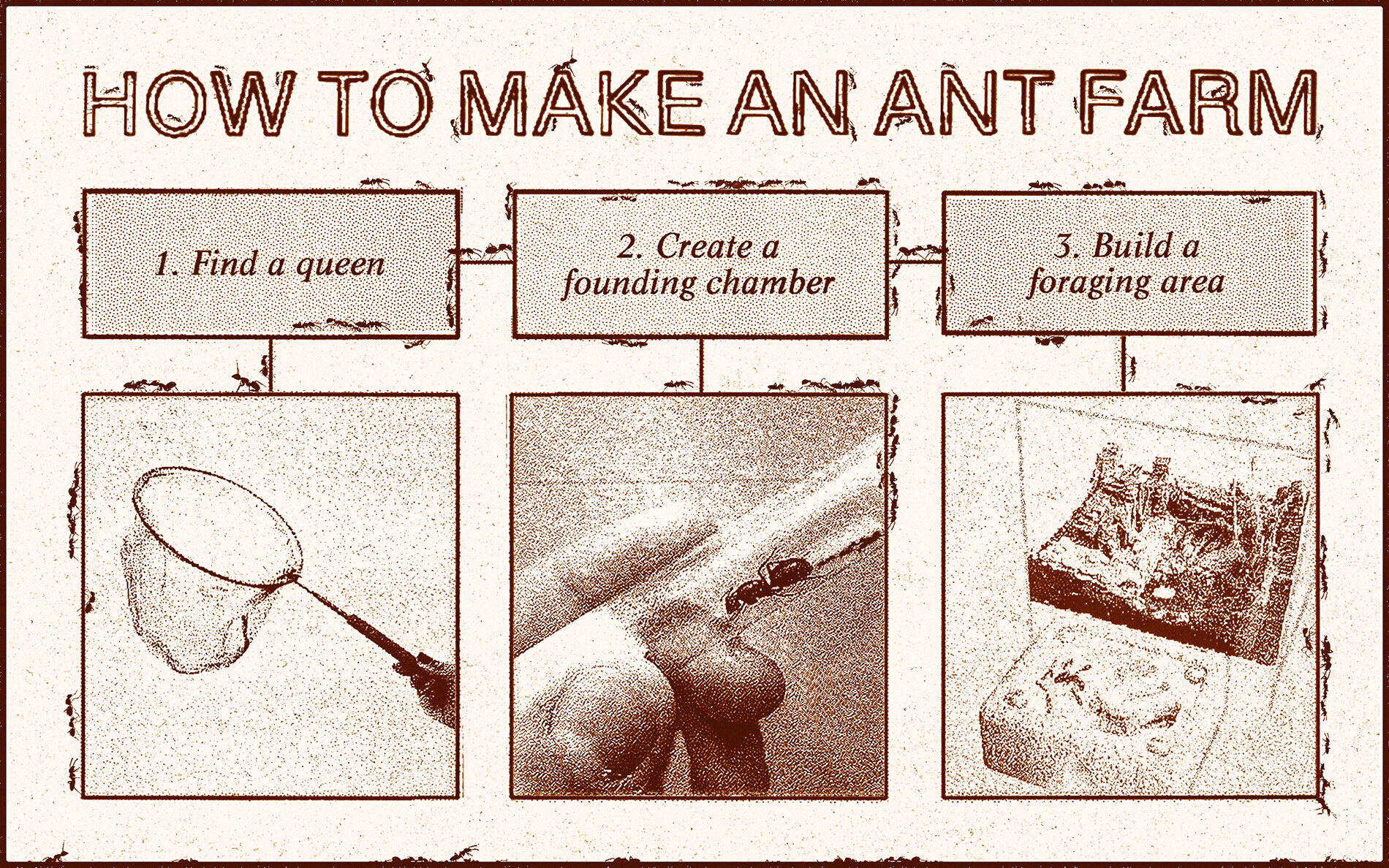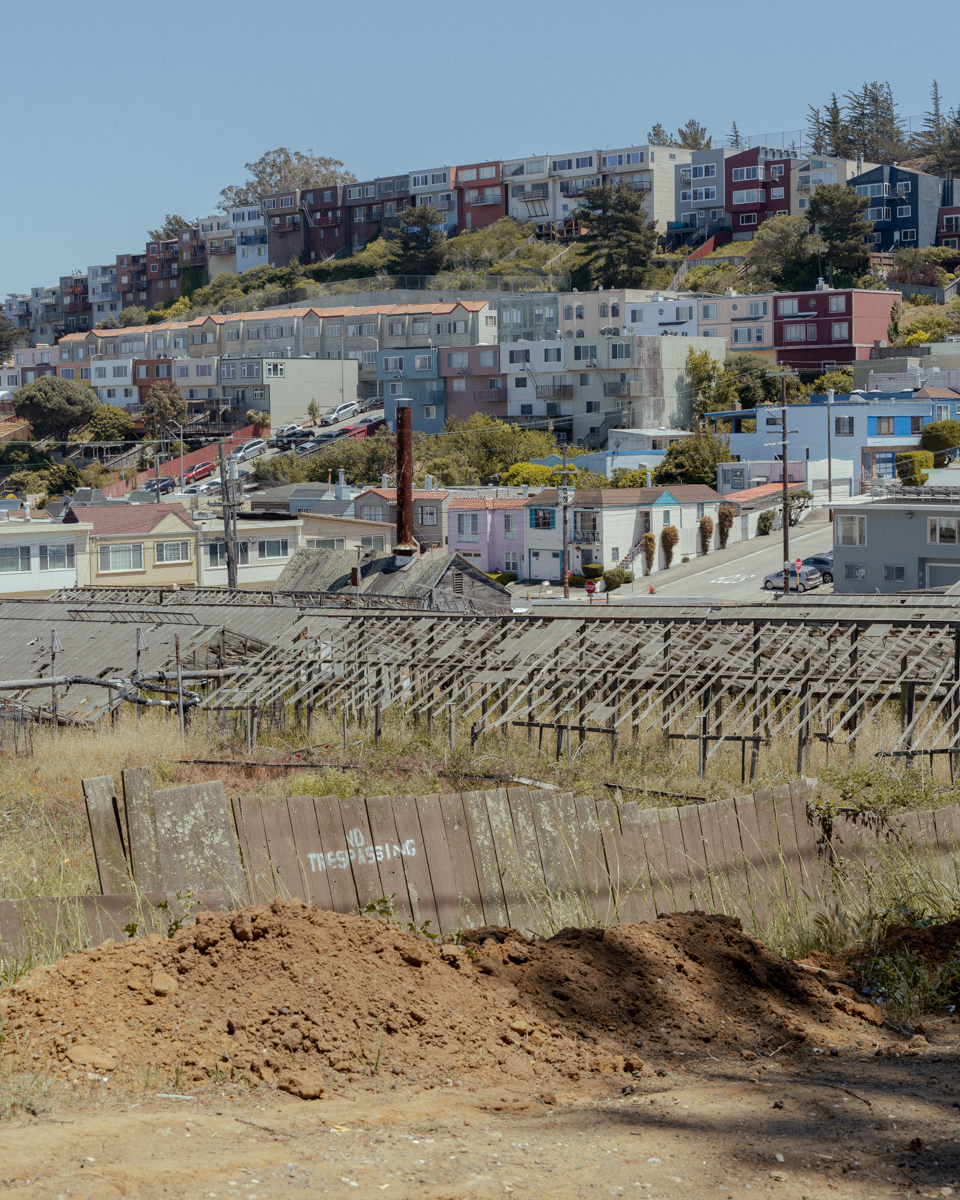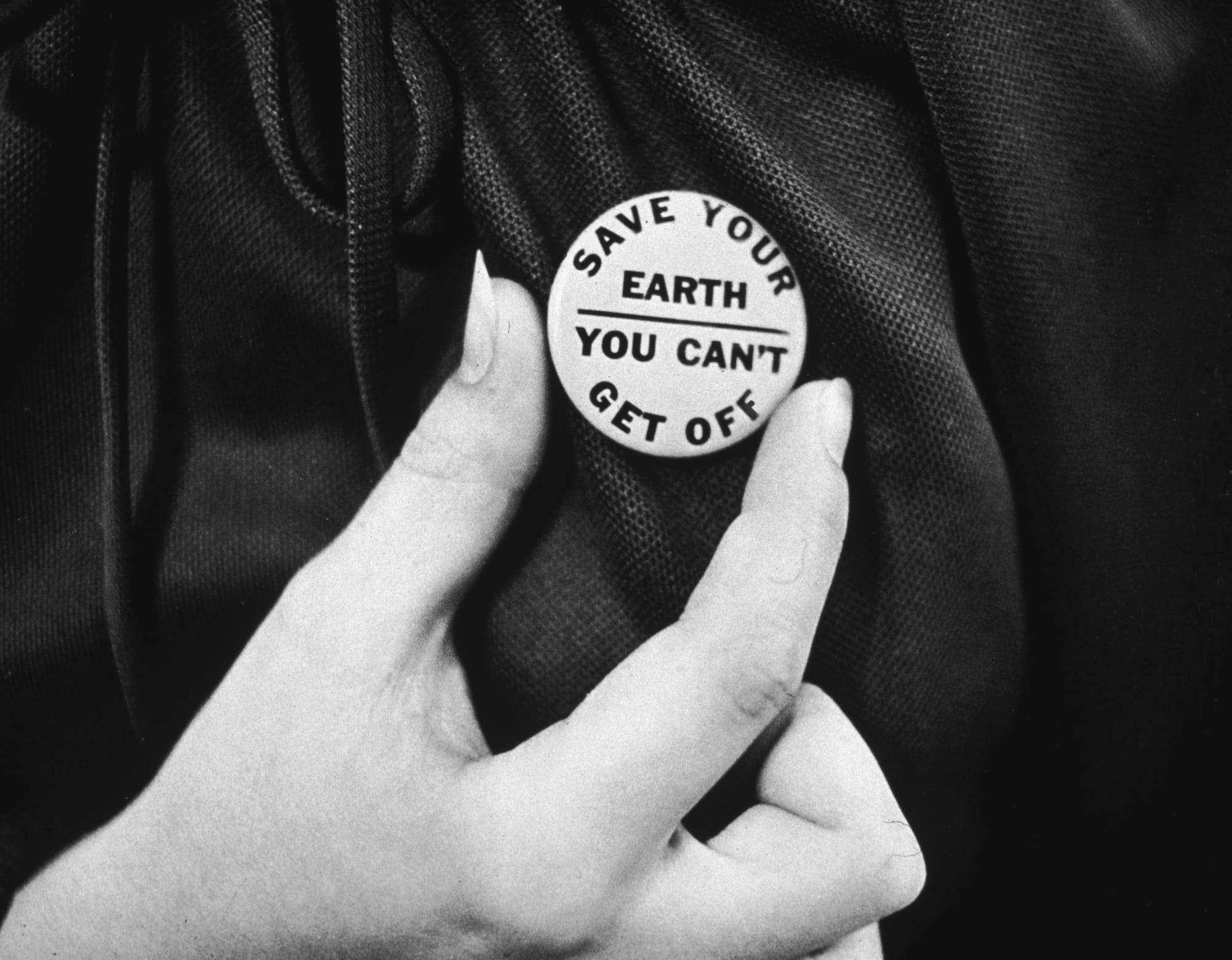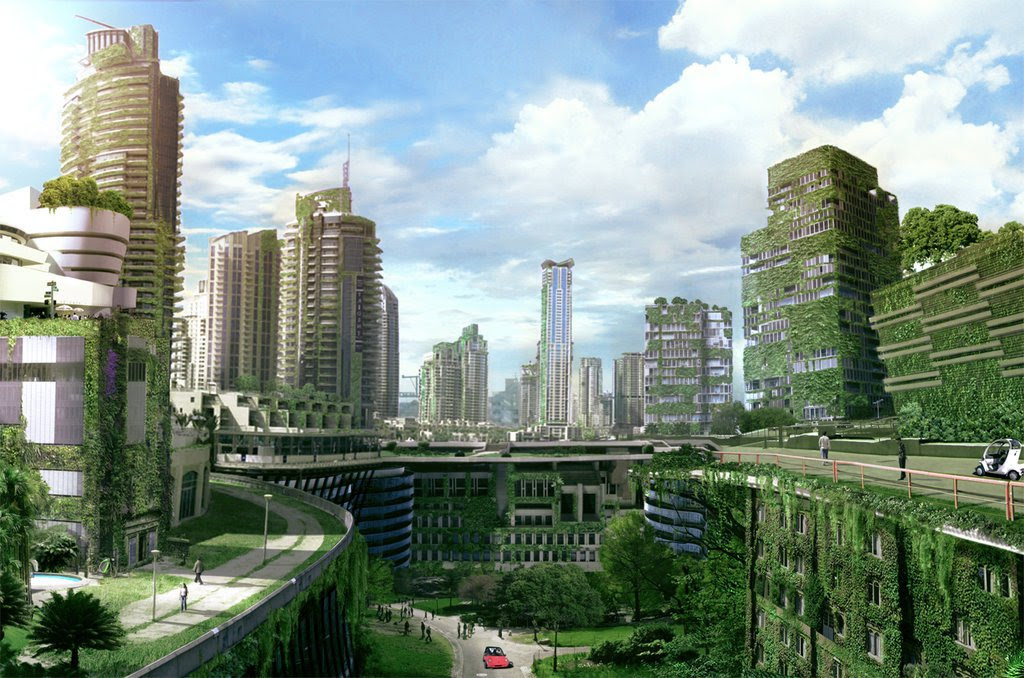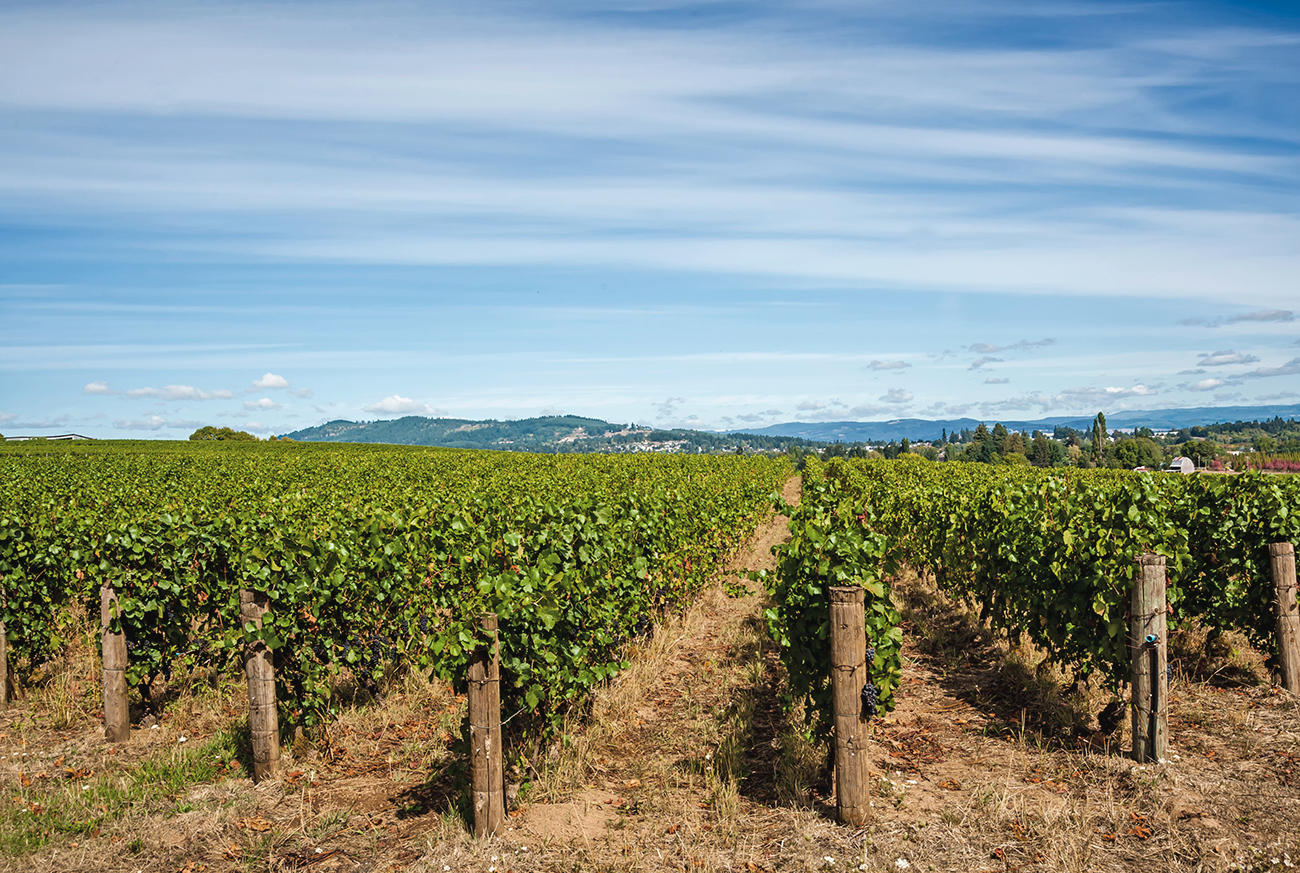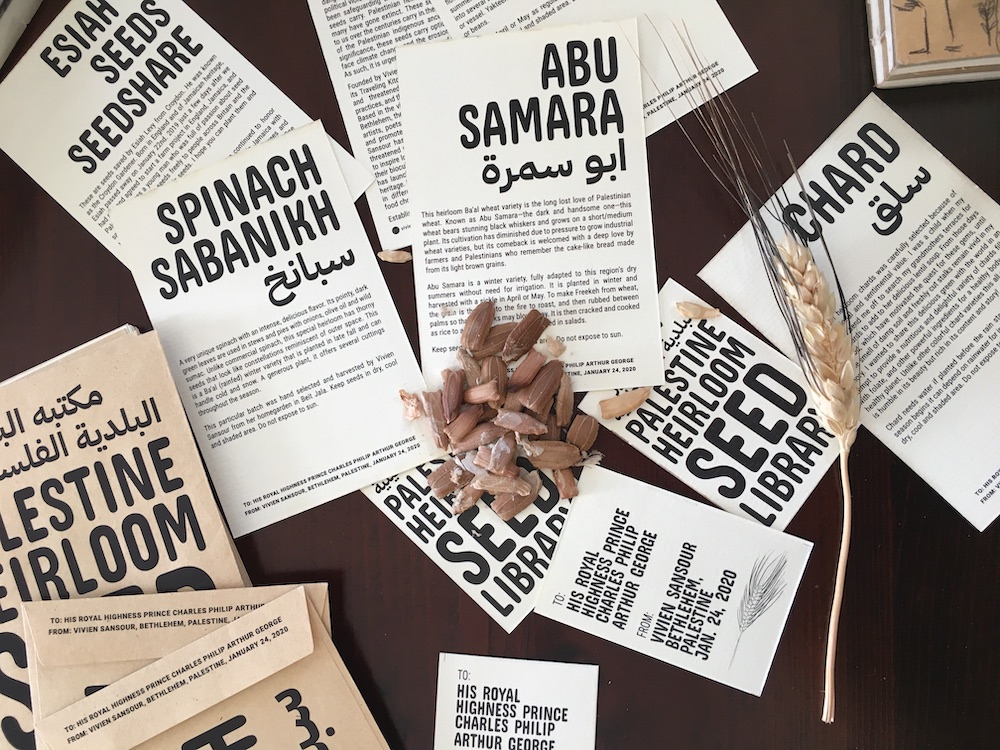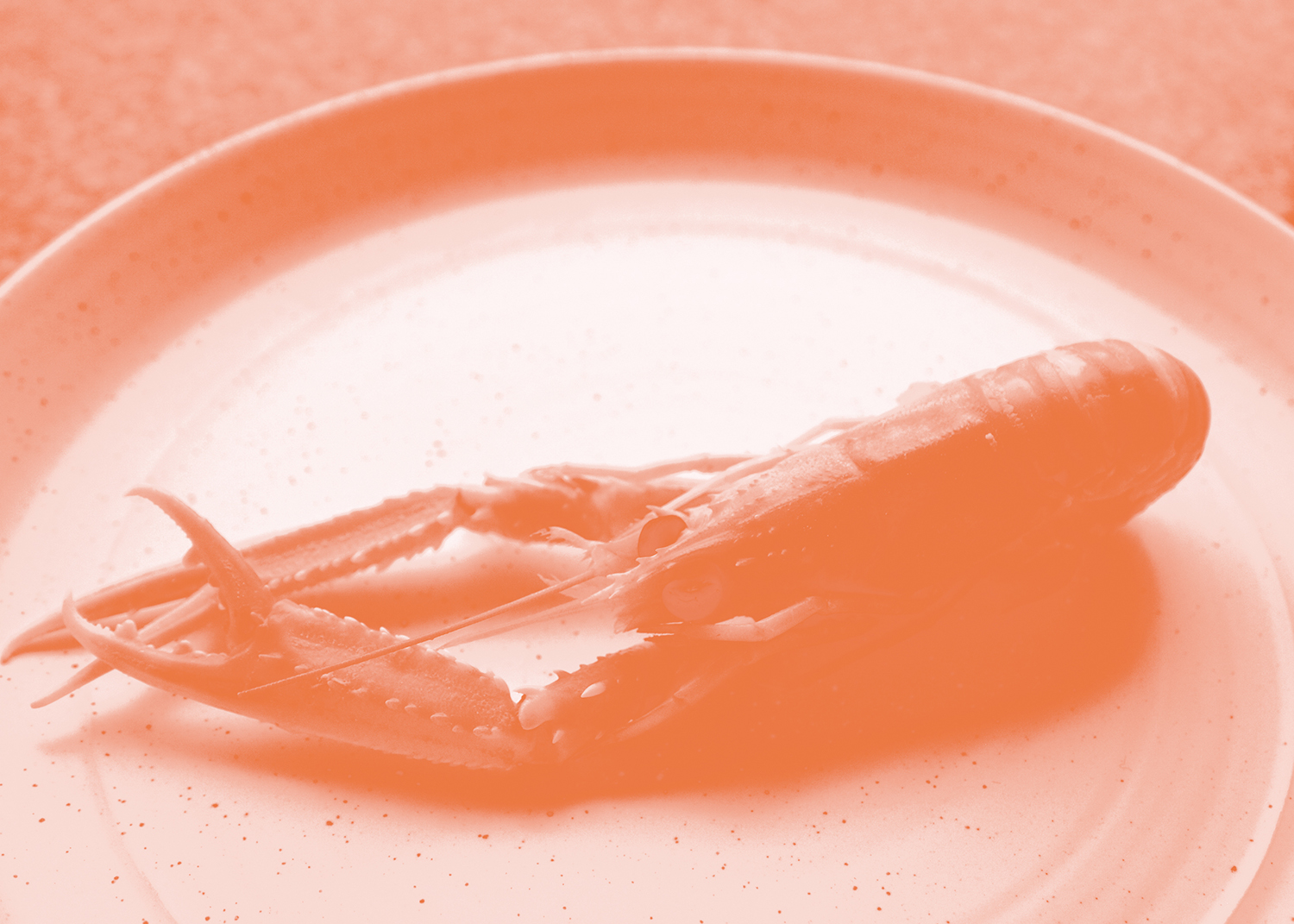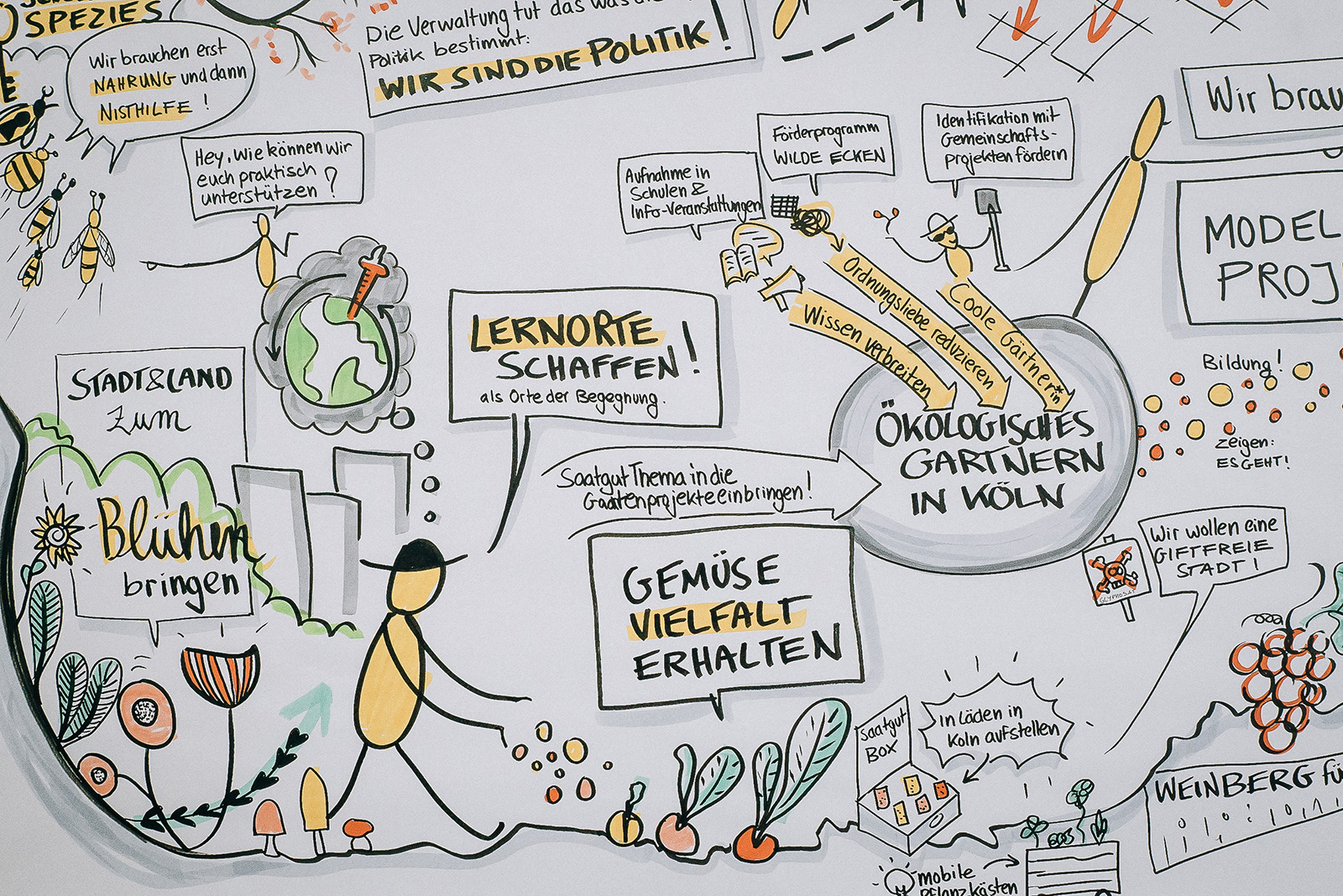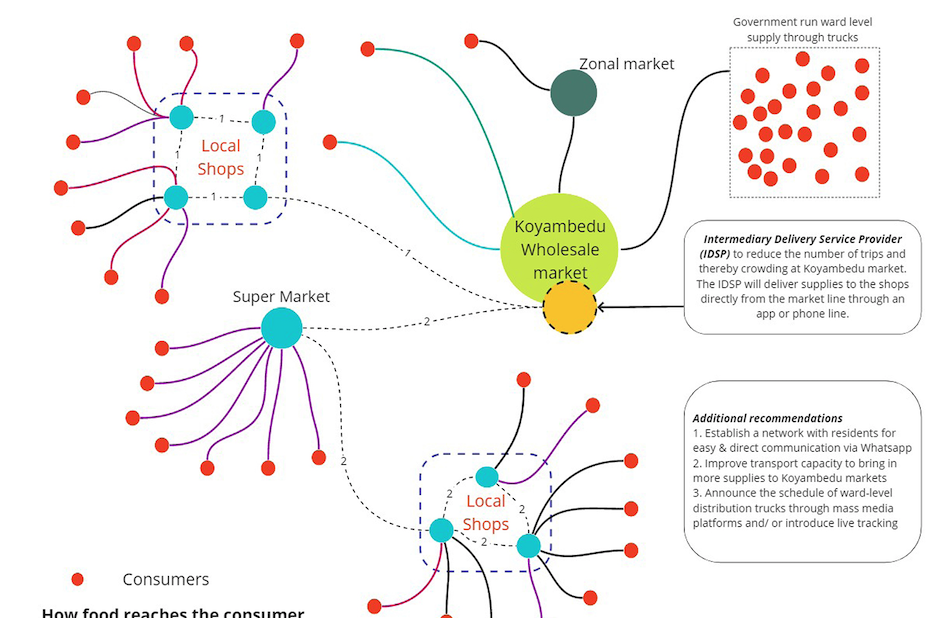Reporting back after an ambitious two year trip to various animal farming operations worldwide, architect Jose Ahedo recently presented his research project, Domesticated Grounds, at Harvard’s Graduate School of Design. With support from Harvard’s annual Wheelwright Prize, which he was awarded in 2014, Ahedo travelled over 100,000 miles to eight countries across four continents: Germany, Azores Islands, Mongolia, China, India, New Zealand, Bolivia and Paraguay, visiting over 200 farming families on his journey. For the Barcelona-based designer who was born and raised on a dairy farm in rural Spain and has designed and developed Blanca, a dairy farm and educational facility in the Pyrenees, this project is the continuation of a longstanding goal: to demystify the struggles of rural farming communities and create opportunities for designers to reconceive how we think about farming today, for the future.
Ahedo’s project is a rigorous and often very intimate exploration of design and domesticity in animal-farming operations. The Wheelwright Prize, with its emphasis on travel and field research, was the perfect opportunity to get access to otherwise hard to access geographies and communities. Along the way, Ahedo spent time with over 200 families working in animal farming and also met with various university technicians, scientists, local governments and policy makers. His travels spanned a variety of poor and wealthy communities in order to explore the asymmetry that exists in animal farming today.
Through photographs—aerial views that depict entire landscapes to intimate, close-up portraits of the farmers he met—and written documentation, (he mentioned that the next step will be to translate these materials into architectural drawings), Ahedo is expanding how we understand farming systems and beyond. He also draws attention to the ways that these farm systems touch on issues ranging from the significance of our cultural and architectural traditions, infrastructural design and policy-making, questions brought up by technological advancements, and the many social issues still present in animal production. Ultimately, in his talk at Harvard the architect remarked, “this is about very well-established, traditional dialectics—between human and animal, natural and artificial, rural and urban—that have changed into something else and that can no longer be considered in the ways they have always been considered.”
Speaking about the precision and “embedded knowledge” within the production strategies he encountered on his trip, he noted that “if anything ties all the systems together, it’s an extreme and radical efficiency—they use everything they have.” In that vein, he concluded the talk with a call-to-arms, encouraging the audience to embrace their double duty as consumers and designers. While that “double-duty” may not apply to all of us, we can accomplish a lot by thinking about what we’re saying with our wallets.
